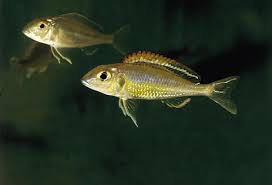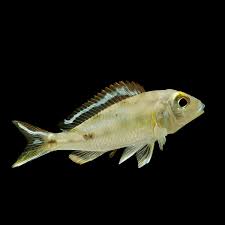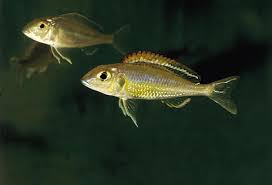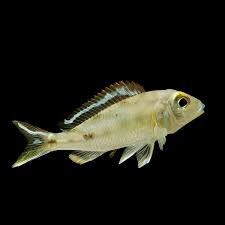Cichlid-Black Ear Callochromis
Cichlid-Black Ear Callochromis
check_circle Fast Shipping
check_circle Quality Products
check_circle Affordable Price
Reach out to us on ''available to order'' items via WhatsApp or email
Out of stock
Couldn't load pickup availability
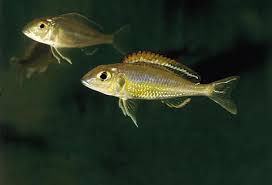
Cichlid-Black Ear Callochromis
package_2
Product Description
Product Description
All our fish, shrimp and corals are bagged with fresh oxygen as well as a heat pack in winter.
When ordering livestock please select the box size and add it to your cart for accurate overnight (1-2 days) shipping costs. A small box can take 1-2 bags and a medium box 6 bags. One bag fits max 10 small (1-3cm) fish or max 2 medium (3-5cm) fish or max 1 large (>5cm) fish.
ONE SPECIES PER BAG. Eg: One bag of 10 neon tetra.
🔹 Species: Callochromis melanostigma
Common Name: Black Ear Callochromis
🔸 Description:
-
Males display vibrant colors, often with metallic blue or reddish-orange bodies and a distinctive dark spot ("black ear") near the gill cover.
-
Females are more subdued in coloration, usually silver or beige.
-
Slender, torpedo-shaped body with long ventral fins.
🔸 Origin:
Lake Tanganyika, East Africa
🔸 Maximum Size:
12–14 cm (4.5–5.5 inches)
🔸 Temperament:
Semi-aggressive; territorial during breeding, but generally peaceful when housed with other Tanganyikan species of similar size.
🔸 Aquarium Requirements:
-
Tank Size: Minimum 200 liters (55 gallons)
-
Substrate: Fine sand (they love to sift through it)
-
Décor: Rock piles for hiding and open sandy areas for digging/spawning
-
Water Parameters:
-
Temperature: 24–27°C (75–81°F)
-
pH: 7.8–9.0
-
Hardness: 10–20 dGH
-
🔸 Diet:
-
Omnivorous: Accepts high-quality cichlid pellets, spirulina-based flakes, and frozen foods (like brine shrimp, mysis shrimp).
-
Avoid feeding too much protein-rich food to prevent bloat.
🔸 Behavior & Tank Mates:
-
Best kept in a species group or with other peaceful to semi-aggressive Tanganyikan cichlids like Cyprichromis, Julidochromis, or Altolamprologus.
-
Males can be territorial—best to keep one male with several females.
🔸 Breeding:
-
Maternal mouthbrooders.
-
Females carry eggs and fry in their mouth for about 3–4 weeks.
-
Provide flat rocks or open sand where courtship and spawning take place.
